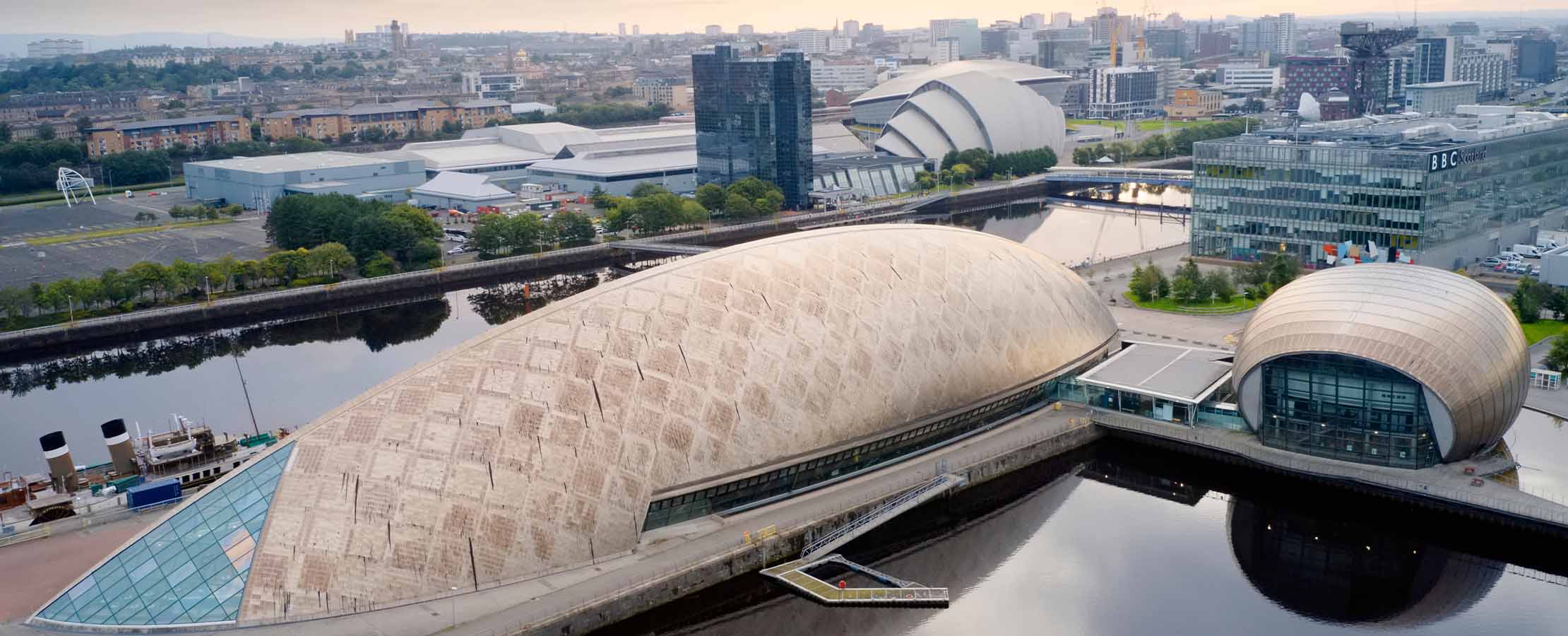The Promise and Challenges of COP26
In November, all eyes will be on Glasgow, where world leaders will descend for COP26. The event has been described as the last opportunity to keep climate change under control. What is COP26 and how much is really at stake?
What is COP26?
COP stands for 'Conference of the Parties', referring to annual meetings of parties to the UN Framework Convention on Climate Change (UNFCCC). COP26 will be hosted by the UK in Glasgow, Scotland, in November, having been delayed a year by the COVID-19 pandemic.
Heads of government will gather for 12 days of talks alongside representatives of businesses, NGOs, and communities. The first week will be mainly technical negotiations, with world leaders mostly getting involved during the second week.
What has happened so far?
COP21, which was held in Paris in 2015, marked a leap forward for climate action. It resulted in the most comprehensive international climate agreement; signatories to the Paris Agreement agreed to cut emissions to limit warming to within 2°C, ideally 1.5°C, adapt to climate change impacts, and provide financial aid for low- and middle-income countries (LMICs).
Under the terms of the Paris Agreement, governments devise and present plans for national emissions reductions: nationally determined contributions (NDCs). Two-thirds of the global economy is now covered by net-zero targets. As part of the agreement, countries must present updated NDCs every five years.
Why is COP26 considered so important?
Governments will present new NDCs for the first time at COP26. The decade to 2030 is considered crucial as – without accelerated action – the 1.5°C target may become unfeasible during this time. The likelihood that this is the final opportunity to commit to limiting warming to 1.5°C is why COP26 is considered more than a routine climate summit.
Decarbonization has not so far matched the ambition of the Paris Agreement; the UN Environment Program forecasts emissions in 2030 consistent with a 3.5°C rise by the end of the century. UNFCC Executive Secretary Patricia Espinosa has called for action without delay "We are nowhere near the Paris Agreement goal […] The data take us to less than a one percent reduction in emissions by 2030. Science is telling us that reduction needs to be 45 percent."
What's on the table?
The thorniest issues include carbon market mechanisms establishing rules for businesses, the possibility of a common timeframe for NDCs, and funding for climate change impacts. Views differ on how to proceed, and – while climate action is considered a consensus issue – talks may be soured by elevated energy market volatility, prescriptive net-zero technology choices and geopolitical tensions to boot.
However, key COP26 figures agree on the need for ambition. COP26 President Alok Sharma described the summit as "our last hope of keeping 1.5°C alive". UN Climate Change Deputy Executive Secretary Ovais Sarmad called for political leadership, saying: "We know the contentious issues. We also know the options on the table. What we need are political decisions to be made."
The G20 Energy Climate Ministerial in July issued a communiqué urging its members to adopt strategies to achieve carbon neutrality by 2050 no later than COP26, but India and Turkey both sought more measures by developed countries with greater historic responsibility for global warming. The G20 ministers failed to agree on phasing out unabated coal-fired power plants and inefficient fossil fuel subsidies that cause wasteful production, and these items will be back on the agenda when G20 leaders meet in Rome on the eve of COP26.
In 2015, high-income countries agreed to provide $100bn annually to help LMICs decarbonize while maintaining energy security, climate resilience, and economic growth. This is a pillar of just climate action, given historic emissions of high-income nations; the US has contributed approximately 25 percent of all CO2 emissions while the entire African continent contributed just three percent.
High-income countries will be under pressure to step up contributions further at COP26, but progress has been limited and the lack of an effective reporting structure means it is unclear how much money has been contributed so far. Diann Black-Layne of the Alliance of Small Island States said that the group is still waiting on progress on the previous goal and wants to see a "new, scaled-up finance goal" for climate vulnerable nations, while Congolese President Felix Tshisekedi said he hoped the summit would see a commitment for wealthy countries to double their existing pledge. Sonam Wangdi, who chairs a group of the least developed nations, said in a statement "Climate change is hurting our countries and communities worst. It's already late but by COP26, developed countries must deliver their decade-old commitment to provide $100bn annually and keep on increasing it."
What would a successful COP26 look like?
It is unlikely that all 197 parties will submit NDCs compatible with 1.5°C or even 2°C of warming. However, if the largest economies come forward with detailed, ambitious 2030 NDCs aligned with the Paris Agreement and clear rules for international collaboration to help implement these alongside offers of increased financial support for LMICs, the world will be in a much better position to tackle climate change






